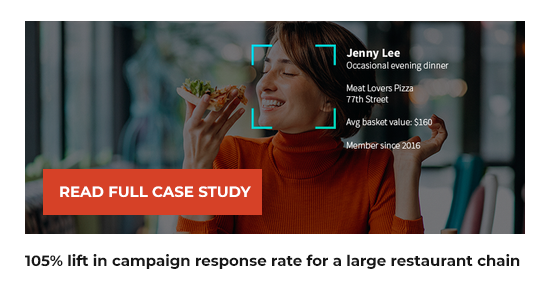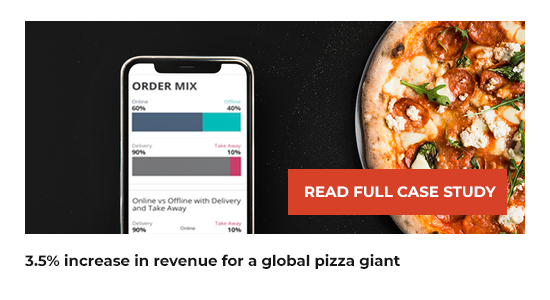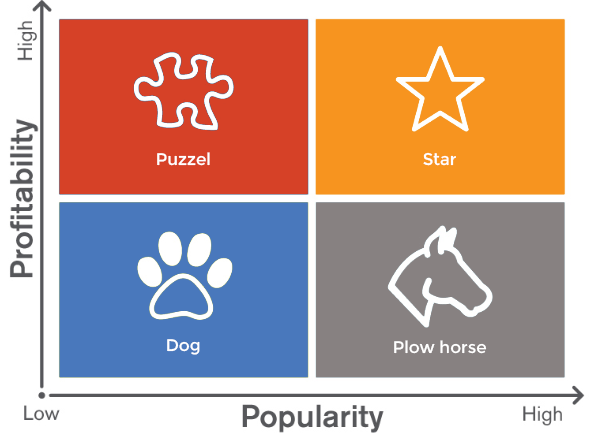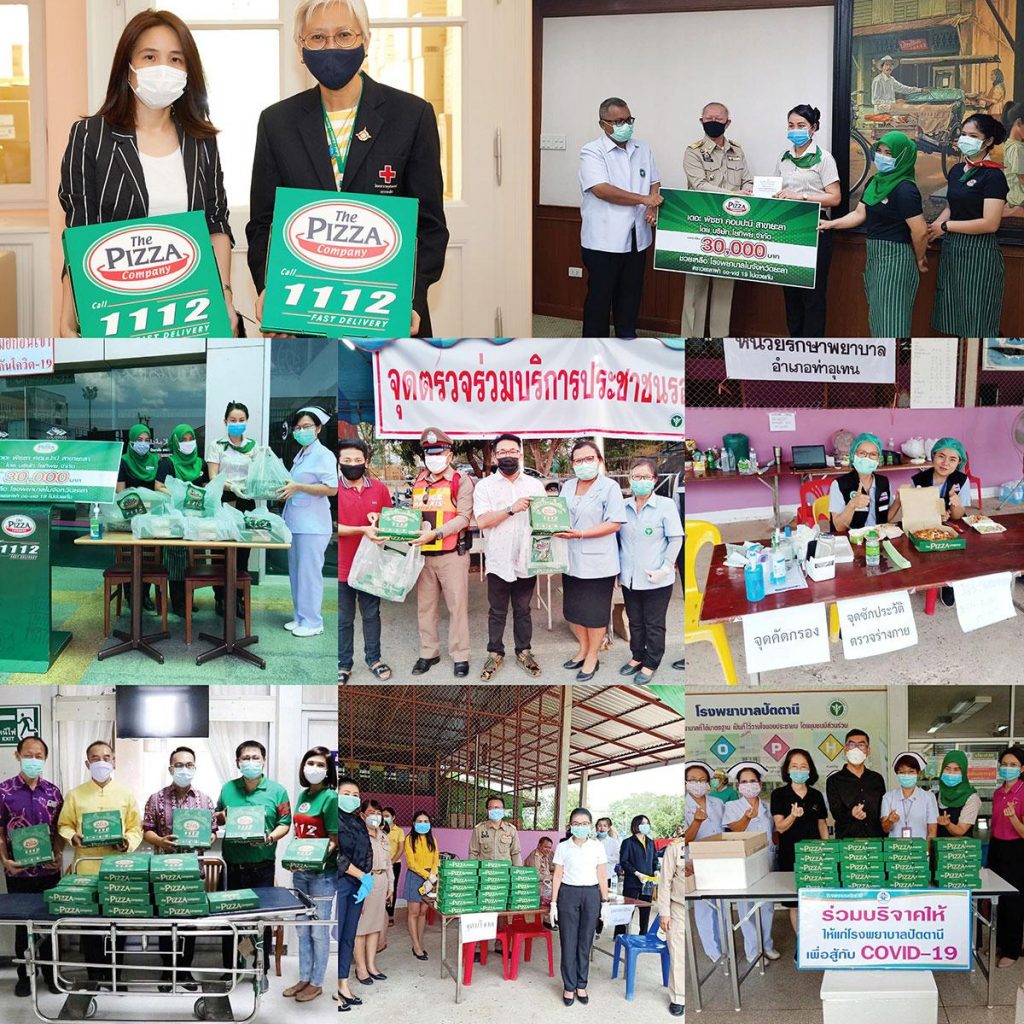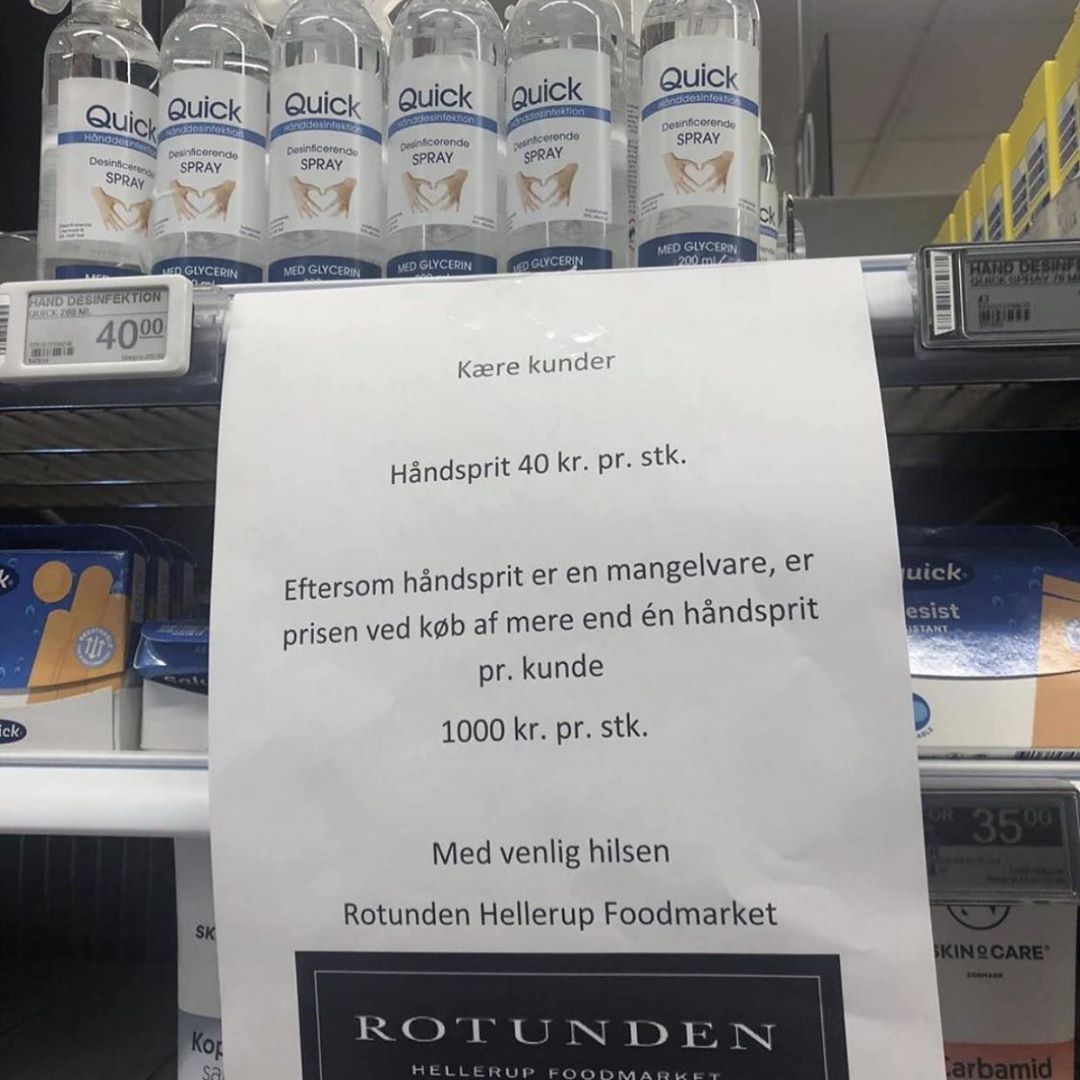There’s truth in the phrase “the more things change, the more things stay the same.”
Even with all the changes in the marketing landscape, with the proliferation of channels (including digital) and new technologies to support the aims of the modern marketer, the #1 metric for CMOs is no different today than it was decades ago. Yes, it’s marketing ROI.
Despite the fact that marketing ROI has been the #1 metric year over year for many years, CMOs are under more pressure than ever to prove this to the c-suite and the board. 2014 results published by The CMO Survey indicate that yes, 62% of marketers feel pressure to prove the value of marketing and 65% of these marketers feel that the pressure is on the rise. It is important to note that of the entire pool of marketers that admitted they were feeling the squeeze to justify their spend, zero noted that this pressure was on the decline.
Other CMO surveys corroborate the findings published by The CMO Survey. In general, marketers communicated the same degree of challenges and lack of confidence in marketing ROI measurements. According to the 2013 Teradata Data-Driven Marketing Survey, 75% of marketers report challenges in calculating the ROI of their efforts.
So why is marketing ROI still a challenge? What’s puzzling about this challenge is the abundance of data marketers with access to, and the availability of, a wide variety of strong reporting and analysis tools.
The reality is that the proliferation of data and digital channels has only added to the complexity involved in ROI measurement. Unfortunately, the analytical maturity of the marketing department has not kept up with the pace of the big data explosion, digital trends, data science, and analytics how-to essentials. The result is the technical and analytical skills gap.
In response to this skills gap, new and old roles have come to the forefront of the conversation. The former being the “marketing technologist” and the latter being the “data scientist”. These highly coveted roles are few and far between amongst the overall marketing population.
The worst things about this skills gap and resource shortage are that marketing departments are not investing in their current staff. The CMO Survey reports an overall decrease in spending to invest in cultivating “how to do marketing” skills. There’s a dangerous disconnect here: although CMO’s are prioritizing investments in marketing measurement and analytics technologies, they are not prioritizing the investments in their staff to effectively use these solutions for better results.
CMO’s need to make data aggregation and analytics a priority and allow their left brain to have more equal footing and approach marketing as a science as well as art. To provide ROI measurements systematically and report to the CEO with confidence, there needs to be a merging of business understanding and data science expertise, centralized data, appropriate analytical tools and capabilities and the willingness to invest in developing their staff to support data and analysis functions.
In 20 years’ working with Fortune 1000 companies in sales, marketing, and marketing technology and analytics, nothing has surprised me more than the lack of investment in training in marketing personnel responsible to use sophisticated analytical and reporting technologies, in terms of training and willingness to recruit and pay for top talent. Think of it this way: why spend $500,000 on data aggregation and powerful analytical solutions if they will not be used due to an overall lack of understanding, support, and training?
Some of this is a “tools issue”, which many analytics vendors, like Manthan, are responding to, by bringing advanced analytics and predictive technologies that are easy-to-use and intuitive to market. These solutions turn big data into digestible insights for the everyday marketer.
But CMOs still need to make the softer side of data science a priority. The market and the customer will continue to evolve – the marketer must be prepared to meet the customer on all fronts – offline and online. Marketing leaders must support staff development in the areas of CRM and analysis capabilities to overcome the digital and analytical skills gap.






